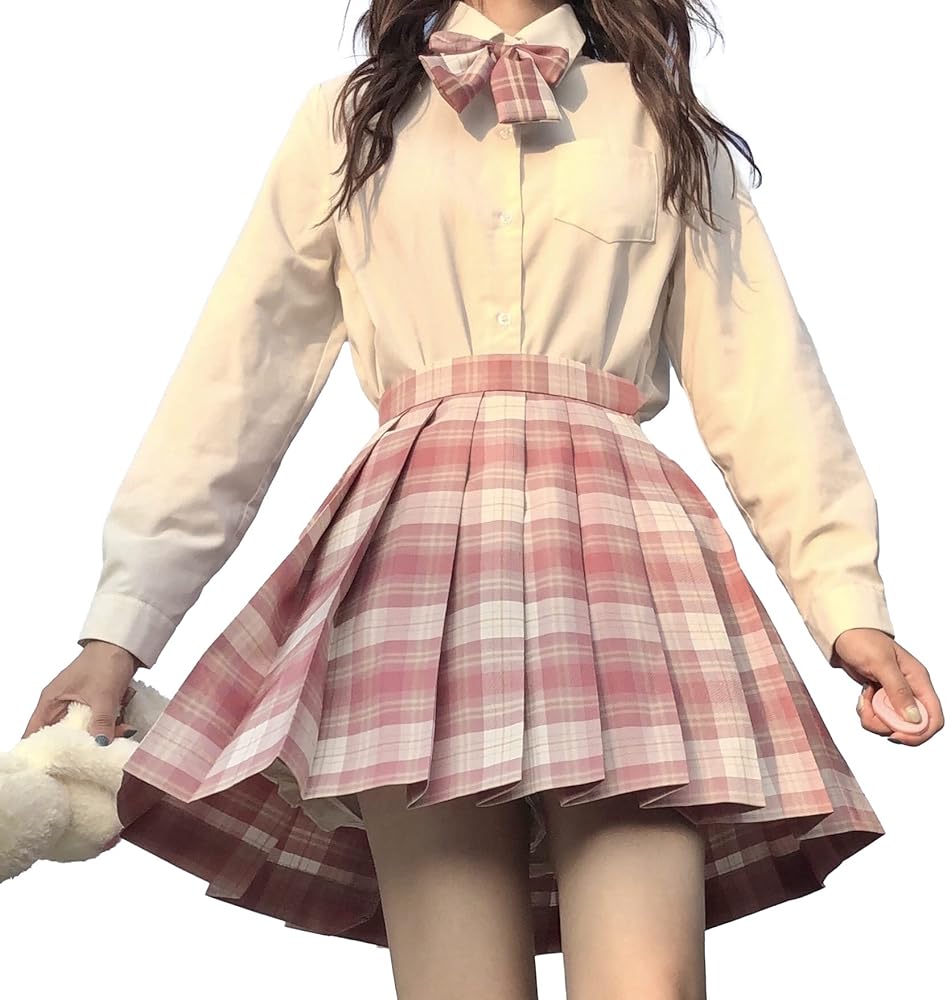The world of kawaii clothes, originating from Japan, has taken the fashion stage by a colorful storm. Translating to “cute” in Japanese, kawaii fashion goes beyond aesthetics; it’s a lifestyle and a form of expression. With unique designs featuring adorable characters, pastels, and playful accessories, this genre invites wearers to celebrate their individuality. The style’s rise on global platforms has garnered a diverse audience, marking its place in the mainstream fashion industry.
The Essence of Kawaii
Kawaii fashion’s essence lies in its ability to transport wearers to a state of delight and playfulness. Designers in Japan and beyond expertly combine elements such as ribbons, ruffles, and cheerful prints to create enchanting ensembles. This look’s versatility means anyone can partake in kawaii culture, mirroring the diversity seen in its home of Harajuku, Tokyo. Kawaii is not bound by age or background and uniquely instills joy in both the wearer and the beholder.
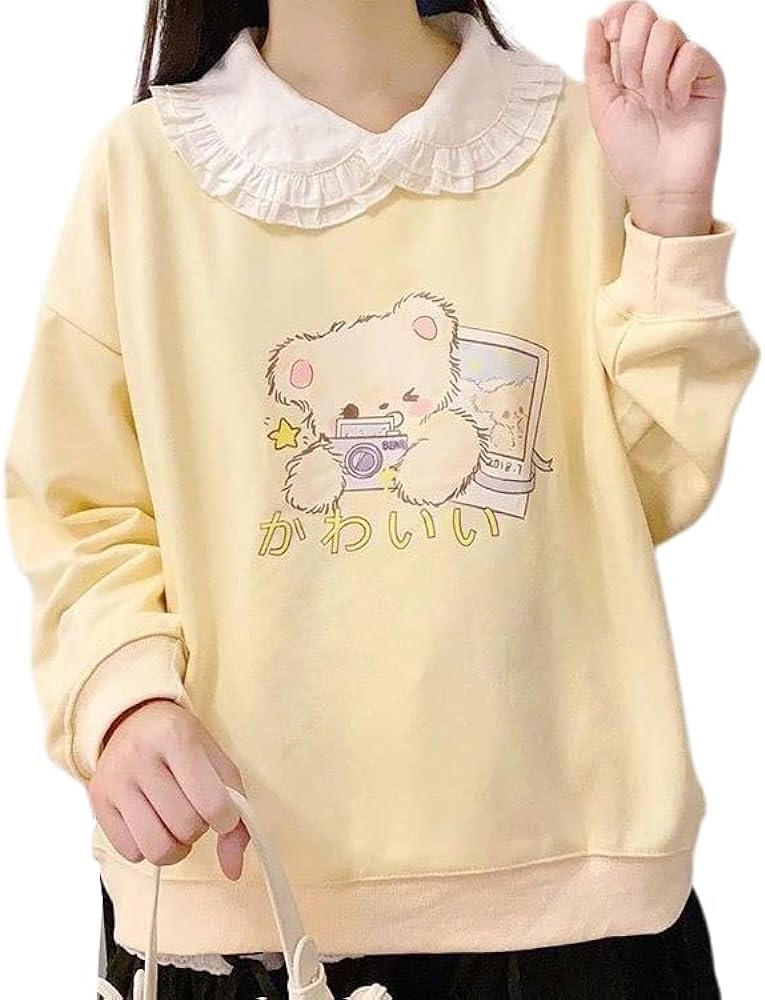
A Global Phenomenon
No longer confined to Japan, kawaii fashion has captivated hearts around the globe. From Europe to the Americas, enthusiasts don bold colors and eccentric patterns, each piece telling its own story. This global embrace is largely due to social media, where communities share their outfits and inspiration. Retailers worldwide are now hopping on board, bringing kawaii clothes closer to a broader audience. People everywhere are discovering the playful liberation that kawaii fashion promises.
The Kawaii Community
At its core, kawaii fashion fosters a supportive environment where self-expression thrives. Fans of the style connect at events and online forums, celebrating innovation in clothing. This community builds confidence and creates a refuge from the standard confines of style. In these spaces, creativity flourishes as individuals inspire one another to push the boundaries of personal fashion. Kawaii thus becomes more than clothes—it’s a collective journey.

Ethical and Sustainable Growth
In today’s world, sustainability is paramount, and kawaii dress is rising to the challenge. Consumers demand eco-friendly practices, and kawaii brands are responding with responsible sourcing and production. This shift toward conscious clothing brings a new depth to the style, melding cuteness with care for the planet. The result is a burgeoning market where fashion lovers can indulge guilt-free, knowing they’re supporting ethical manufacturing.
Embracing Technology and Innovation
Kawaii fashion is reaching into futures with technology at its side. The incorporation of digital tools like augmented reality fitting rooms and personalized design apps is transforming the shopping experience. Designers also experiment with cutting-edge materials, creating dynamic, interactive garments that respond to wearers’ movements. This union of tech and textiles ushers kawaii into a new era, where clothing is not just worn but experienced.
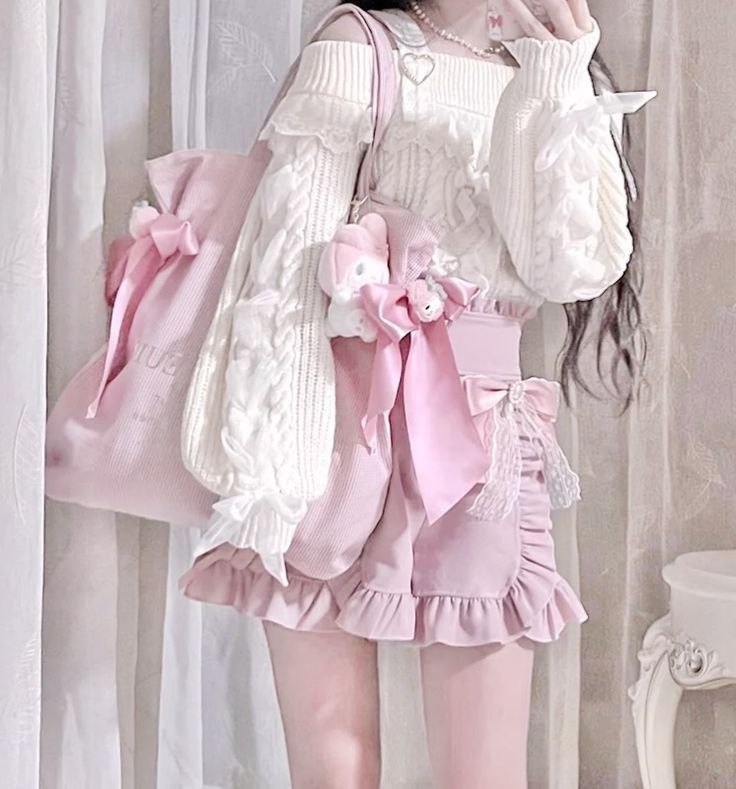
Inclusivity in Kawaii Culture
Kawaii fashion is breaking the mold with its inclusive perspective. The genre warmly welcomes a rich tapestry of people, echoing the need for diversity in fashion. Brands champion size inclusivity and gender-neutral designs, allowing everyone to find their perfect fit. As kawaii continues to invite all into its vibrant world, it sets an example for the fashion industry at large. In doing so, kawaii clothes are no longer just a niche—they’re a beacon for inclusivity and self-celebration.
Kawaii clothes, cute and often whimsical, project a world of imagination and openness. They invite wearers to craft their own narrative in vibrant hues and patterns. No longer a quiet whisper in the fashion conversation, kawaii has roared to life, splashing its charming colors across the global canvas. With its inclusive spirit and innovative edge, it’s a style that not only endures but evolves, continuing to enchant hearts far and wide.
Kawaii Clothing in Contemporary Culture
Kawaii clothing has evolved from a niche Japanese street style to a significant global trend. This transformation has been driven by a growing appreciation for the creative self-expression and playfulness that kawaii fashion embodies. The contemporary cultural landscape, with its emphasis on individualism and diversity, has proven to be a perfect fit for the principles of kawaii clothing. This genre of fashion has found fans across the world, each adding their personal twist and integrating it with their cultural sensibilities.
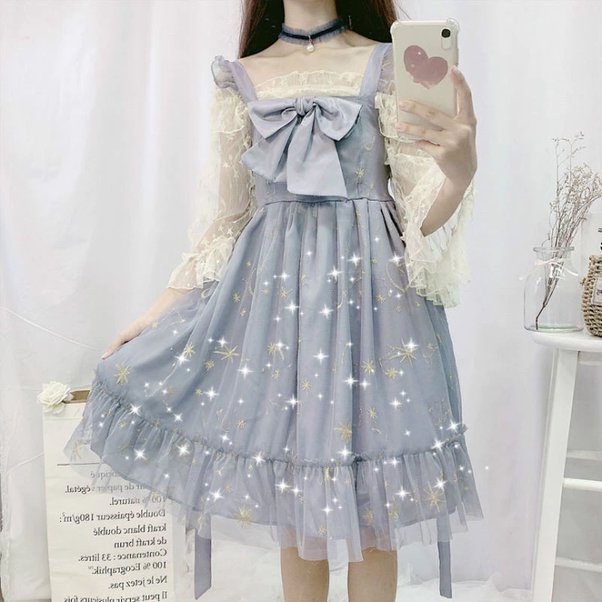
Accessibility and Worldwide Adoption
The accessibility of kawaii clothing has dramatically increased over the years. With online shopping platforms and global shipping, anyone, anywhere, can explore and acquire kawaii apparel and accessories. This has led to a democratization of the style, and it’s common to see kawaii motifs popping up in unexpected places, from the streets of small-town America to major fashion hubs in Europe and Asia. As kawaii items become more readily available, their popularity continues to grow, influencing mainstream fashion and reaching new demographics.
Technology’s Role in Spreading Kawaii
Technology plays a pivotal role in the spread and influence of kawaii fashion. Social media platforms have created spaces where fans can share their outfits, swap styling tips, and encourage others to explore this creative form of dressing. Video sharing platforms and virtual communities showcase the versatility of kawaii clothing, allowing anyone with internet access to be a part of the trend. E-commerce sites also offer tools that make discovering and buying kawaii clothes simple and enjoyable for fans around the world.
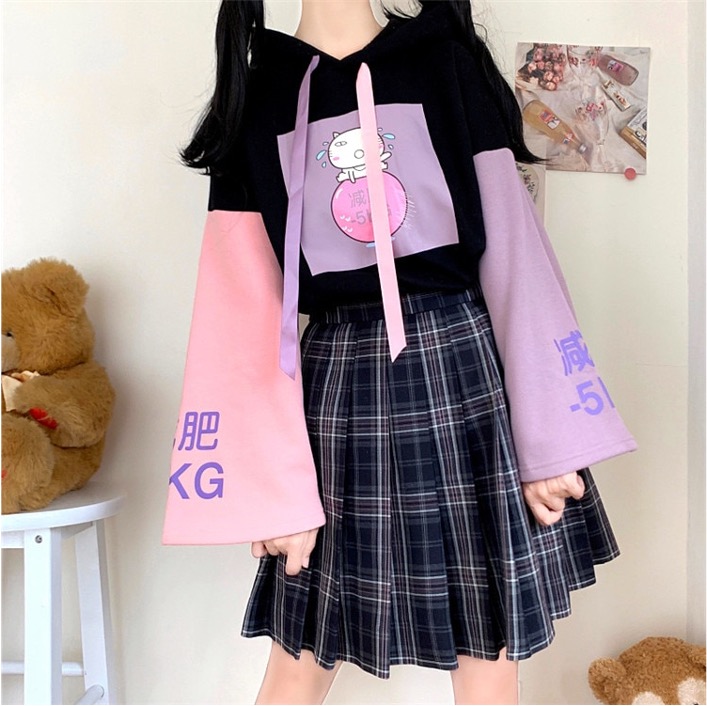
Cultural Integration
As kawaii fashion spreads globally, it organically blends with various cultures, forming unique substyles. This fusion showcases how versatile and adaptable kawaii elements are, proving that fashion can be a harmonious blend of global and local influences. Around the world, individuals are reinventing kawaii clothing by integrating it with their cultural garments, creating hybrid styles that speak to an interconnected world that finds unity in diversity.
The Impact of Kawaii Apparel on the Fashion Industry
Kawaii clothing has certainly left its mark on the wider fashion industry. Traditional designers are now incorporating kawaii elements into their collections, introducing a broader audience to the kawaii philosophy. This move not only brings fresh inspiration to high fashion but also challenges the industry to embrace more playful, light-hearted designs, shifting the perception of what is considered stylish or trendy.
The Economic Power of Kawaii
Kawaii’s popularity has given it significant economic power. It drives a substantial market, one that goes beyond clothing to include accessories, home goods, and lifestyle products. With its appeal to diverse groups, kawaii fashion has become a lucrative segment for retailers and independent creators. It fosters a wide range of business opportunities, from boutique stores to international collaborations, further proving its importance in the global fashion economy.
The Lasting Influence of Kawaii
Kawaii fashion’s charm has secured its place as a lasting influence on the fashion landscape. With its emphasis on joy, creativity, and individual expression, kawaii is more than a transient trend; it’s a style statement that resonates with the modern consumer’s desire for personalization and fun. Kawaii clothing has carved out a niche that continues to expand and inspire, ensuring that its influence will be felt for years to come.
In the end, kawaii clothing represents much more than clothes. It’s a window into a culture that celebrates whimsy, promotes inclusivity, and embraces change. As kawaii fashion spreads its wings, the future looks bright, filled with the potential for even more innovative designs, cultural exchanges, and a continued celebration of the joy in being authentically oneself.
